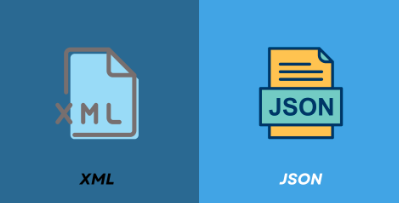Characteristics of REST-based API's
REST-based APIs (Representational State Transfer) play a crucial role in modern web development, enabling seamless communication between different software applications. Understanding the key characteristics of REST-based APIs is essential, especially for those preparing for the CCNA exam. In this blog post, we'll delve into the core components of REST-based APIs, focusing on CRUD operations, HTTP verbs, and data encoding.
CRUD Operations in REST
CRUD stands for Create, Read, Update, and Delete, which are the fundamental operations that REST-based APIs facilitate. Let's break down each operation:
Create: This operation involves adding new data to the server. In REST, a client can send a POST request to the API endpoint, including the data to be created. The server then processes the request and stores the new data.
Read: Reading data from the server is achieved through the HTTP GET request. The client sends a GET request to the API with a specific endpoint, and the server responds with the requested data.
Update: When existing data needs to be modified, the client sends a PUT or PATCH request. PUT replaces the entire resource with the new data, while PATCH only updates the specified fields.
Delete: To remove data from the server, the client sends a DELETE request to the API's endpoint, indicating the resource to be deleted.
HTTP Verbs in REST
HTTP verbs or methods define the actions that clients can perform on resources through a REST-based API. The following are some common HTTP verbs used in REST:
GET: Used to retrieve data from the server. It is safe and idempotent, meaning multiple identical requests yield the same result as a single request.
POST: Utilized to create new resources on the server. It is not idempotent, as multiple identical requests could create duplicate resources.
PUT: Updates a resource on the server. It is idempotent, as repeatedly sending the same request produces the same result.
PATCH: Similar to PUT, but it updates only specific fields of a resource. It's also idempotent.
DELETE: Removes a resource from the server. Like GET, it's safe and idempotent.
Data Encoding
REST-based APIs rely on various data encoding formats for transmitting information between clients and servers. The two most common formats are:
JSON (JavaScript Object Notation): JSON is a lightweight and human-readable format for representing structured data. It uses key-value pairs and arrays to organize information, making it easy for both humans and machines to understand.
XML (eXtensible Markup Language): XML is another widely used format for structuring data. It uses tags to define elements and attributes to provide additional information about the data.
Conclusion
As a network Engineer, grasping the characteristics of REST-based APIs, including CRUD operations, HTTP verbs, and data encoding, is essential. These concepts form the foundation of modern web development and are crucial for effective communication between different software applications. By mastering these concepts, you'll be well-equipped to design, implement, and troubleshoot RESTful APIs in your networking journey.

















